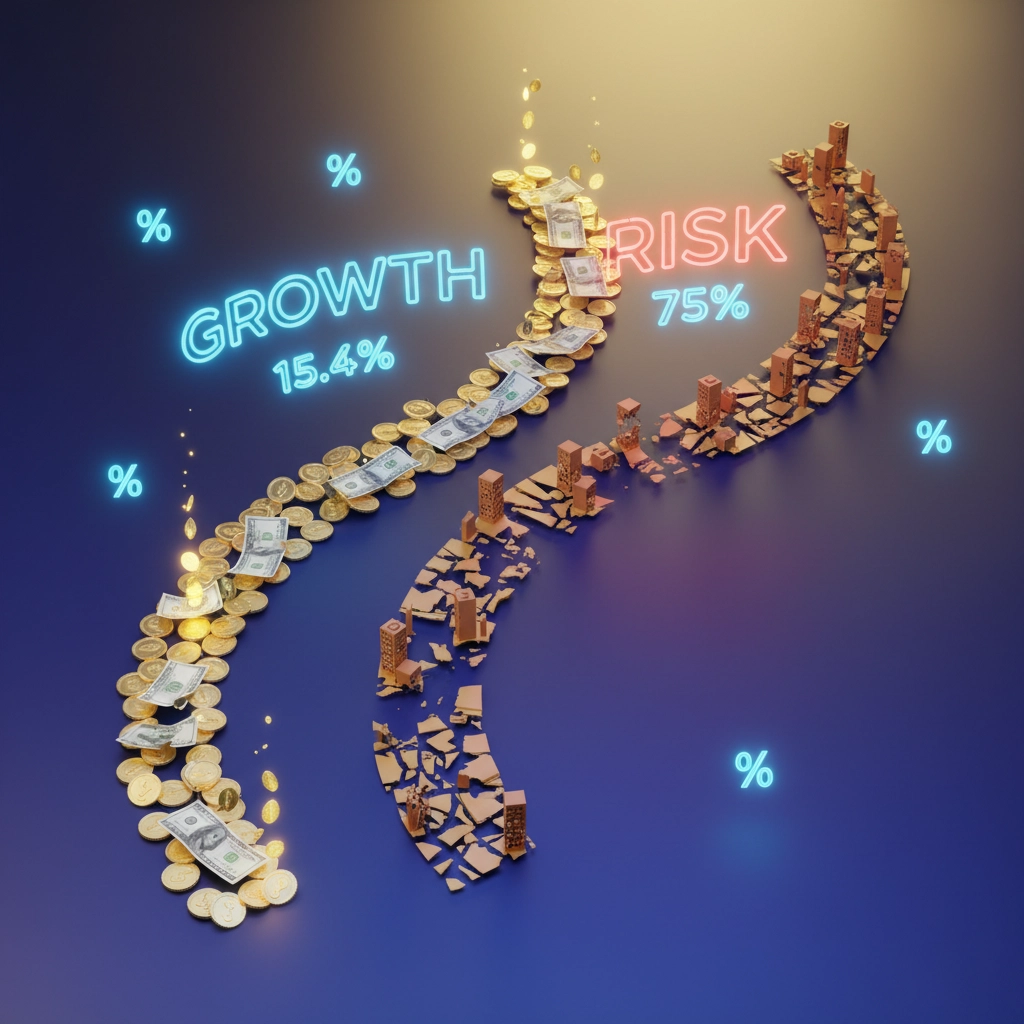The venture capital landscape in 2025 has completely flipped the script on traditional investment wisdom. While Series A used to be the sweet spot for institutional investors, the current market dynamics are making seed rounds look increasingly attractive: and the numbers don't lie.
If you're trying to figure out where to place your bets this year, you're not alone. The funding environment has created some wild disparities between these two stages that are forcing smart investors to completely rethink their strategies.
The New Reality: Seed Extensions Are Having a Moment
Here's something that might surprise you: seed extensions are at all-time highs in both deal count and capital invested. We're talking about companies that would traditionally move to Series A now choosing to extend their seed rounds instead.
Why? Because Series A has become brutally competitive. The median Series A round now happens at $2.5M ARR: that's a whopping 75% increase from 2021 levels. Companies are essentially being forced to prove way more before they can access that next level of funding.

This shift has created an interesting opportunity. Seed rounds now offer more favorable entry points with realistic valuations, while Series A deals are getting priced to perfection (and sometimes beyond).
The Brutal Series A Numbers
Let's talk about the elephant in the room: the Series A success rates are absolutely devastating right now. Only 15.4% of startups that raised seed in early 2022 were able to raise Series A within two years. Compare that to 30.6% in 2018, and you can see how dramatically the landscape has shifted.
For SaaS startups specifically, it's even worse. Success rates plummeted from 37% in 2020 to just 12% by the first half of 2022. That's a 50% drop in success rates overall.
What does this mean for investors? If you're betting on Series A deals, you're essentially betting that your company is in the top 15% of performers. Those are tough odds, even for the best investors.
Seed Round Advantages: Why Early Stage Might Be Your Best Bet
The seed stage has matured significantly over the past few years. Founders are now expected to come to the table with MVPs, early traction, and defined go-to-market strategies. This isn't the "idea on a napkin" seed round of 2010.
This increased sophistication has actually made seed investments less risky in many ways. You're getting more disciplined founders with clearer capital planning and more realistic expectations.
Seed funds are also showing superior capital deployment efficiency, averaging $2.7 million compared to $1.8 million for pre-seed funds. That means you're getting more bang for your buck in terms of portfolio construction and diversification.

The return profiles at seed are looking particularly attractive because valuations haven't inflated to the same degree as Series A. You're getting in at prices that actually make sense relative to the company's current metrics and future potential.
Series A: Higher Stakes, Higher Requirements
Don't get me wrong: Series A can still deliver massive returns when you pick the right companies. The average Series A round now raises $16.6 million in early 2025, which represents substantial capital deployment opportunities for larger absolute returns.
But here's the catch: companies reaching Series A have survived an incredibly brutal selection process. They need proven business models, consistent growth metrics, and clear paths to scalability. The bar has been raised so high that many previously "Series A ready" companies are now struggling to qualify.
The due diligence requirements have also intensified. You're not just betting on potential anymore: you're betting on proven execution. While this reduces some risk, it also means you're paying premium prices for that reduced risk.
Breaking Down the Numbers: A Direct Comparison
Let's look at the key metrics side by side:
| Metric | Seed Rounds | Series A Rounds |
|---|---|---|
| Pipeline Success Rate | Higher conversion to next stage | 85% failure rate to reach next funding |
| Average Deal Size | $2.7M | $16.6M |
| Entry Valuation | More favorable pricing | Premium valuations |
| Market Activity | All-time high deal count | Supply-demand imbalance |
| Risk Profile | Lower due diligence burden | Higher competition, proven metrics required |
| Follow-on Opportunity | Strong extension market | Limited pipeline progression |
The data is pretty clear: seed rounds offer better risk-adjusted returns in the current environment, while Series A requires exceptional company selection to justify the higher entry prices.

Strategy Recommendations for Different Investor Types
If You're Risk-Averse: Seed rounds are your friend right now. The combination of realistic valuations, increased founder sophistication, and multiple exit opportunities through extensions or acquisitions makes this the safer play.
If You're Growth-Focused: Series A investments require laser-focused due diligence and concentrated portfolio strategies. Given the 85% failure rate from seed to Series A, you need to be absolutely certain about your picks.
If You Want the Best of Both Worlds: Consider a hybrid approach. Use seed investments to identify exceptional performers, then double down at Series A when companies demonstrate the traction metrics required for the elevated funding environment.
The Macro Forces at Play
What we're seeing is essentially a "Series A Crunch" similar to what happened during the 2012 "Seedpocalypse." The market has created artificial scarcity at the Series A level while flooding the seed stage with capital.
This dynamic won't last forever, but it's likely to persist through 2025 as companies adjust to the new normal. Smart investors are recognizing this shift and adjusting their strategies accordingly.
The companies that do make it through to Series A will likely generate outsized returns because they've proven they can survive in this harsh environment. But the odds of picking those winners are getting increasingly difficult.
What This Means for Your Portfolio
If you're building a portfolio right now, the math strongly favors a seed-heavy approach. You get better entry pricing, more diversification opportunities, and access to the extension market that's become increasingly active.
That doesn't mean you should ignore Series A entirely, but it does mean you should be extremely selective. The companies that make sense at Series A pricing need to have exceptional unit economics, clear competitive moats, and management teams that have already proven they can execute at scale.

The venture landscape has fundamentally changed, and the investors who recognize this shift early will be the ones generating superior returns over the next few years. The question isn't whether seed or Series A is better in general: it's which stage offers better risk-adjusted returns in the specific market conditions we're facing right now.
Based on the current data, that answer is pretty clear: seed rounds are offering the better opportunity for most investors in 2025.


